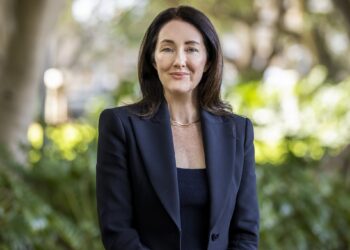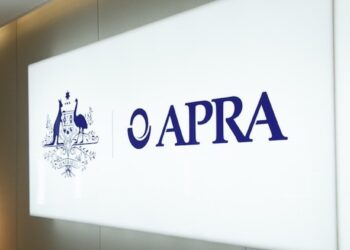The Productivity Commission (PC) could provoke serious unintended consequences in the superannuation industry if its recommendations for a “best in show” approach for default superannuation funds is accepted by a future Government, according to the Association of Financial Advisers (AFA).
The AFA has warned that such an approach risks ignoring the historical practice of employers negotiating enhanced product offers with superannuation funds that might involve a range of additional benefits for their employees including reduced fees, reduced rates on insurance premiums, higher automatic acceptance limits on insurance and other benefits such as financial education.
“In some cases, employers might also subsidise fees and insurance,” the AFA said.
The AFA also warned that the PC’s Top 10 best in show approach would provoke an advertising war between superannuation funds with the winner being the fund which commissions the best advertisements and best celebrity endorsements.
“We cannot see how the ‘Best in Show’ model that is based upon the overall market can take into account special offers that may be made available by particular employers to their employees,” it said. “Under the proposal, if the employer fund is not on the top 10 list, then it seems that employees will not have access to the fund via the centralised system.”
The AFA said that, because of this, it would like to see a solution where employees still had the ability to select their employer fund from the system, subject to them having access to comparison information on the options that were available.
“We are also concerned that the creation of a top 10 list will then lead to an overt advertising war, with the winner coming down to who has the best advertisements and does the most promotion and has the best celebrity endorsements,” the AFA said
It said the additional scale that came with being on the top 10 list would provide significant competitive advantages including the generation of positive cashflow and the ability to confidently invest in systems and processes.
“Where trustees do not have the same level of confidence about future cashflows then they need to be more cautious in terms of retaining a cash buffer and more cautious about making longer term illiquid investments,” the AFA said. “This means that the 10 funds on the list will obtain a natural advantage over the other funds which will mean that a level playing field does not exist. As discussed above funds outside of the top 10 may be motivated to take excessive risk to enhance their chances of getting into the top 10 list.”




